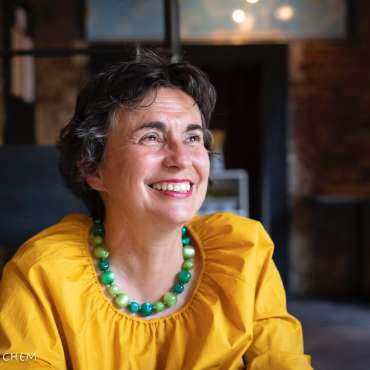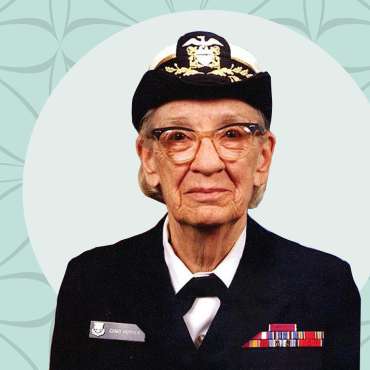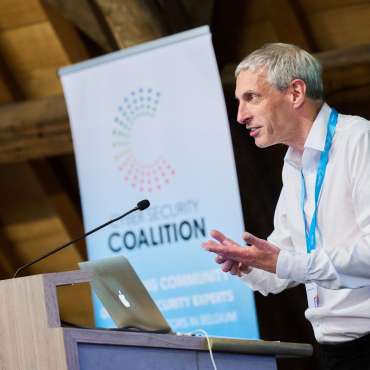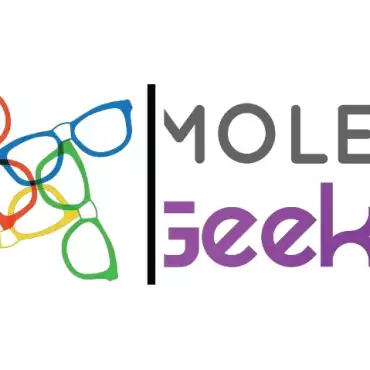Joan Clarke (1917–1996): Mathematician, cryptanalyst and one of the brilliant minds behind cracking the Enigma code.
Elisabeth Lowther Clarke was a British mathematician and cryptanalyst who played an important role in deciphering the German Enigma code during the Second World War. Her name and her work remained under the radar for a long time and only became known to the general public through the 2014 film ‘The Imitation Game’. Keira Knightley plays the role of Joan Clarke and Benedict Cumberbatch plays the role of Alan Turing, the most famous cracker of the Enigma code.
Joan Clarke was fascinated by numbers and patterns even as a child. In 1936, she won a scholarship to Newnham College, one of the colleges at the University of Cambridge that was only open to women. She studied mathematics and achieved very high marks but did not receive an official degree because the university did not award degrees to women at that time. It was not until 1948 that women were able to graduate from Cambridge with a degree.
Georg Welchman, professor of mathematics at Cambridge and one of four mathematicians recruited in 1939 to supervise the decoding operations at Bletchley Park asked Joan if she would like to work with him at the Government Code and Cypher School (GCCS). The GCCS was established in 1939 with only one goal: to break the German Enigma Code. The Enigma was a machine invented by the Germans to perfectly encrypt their messages. Clarke started at Bletchley Park on 17 June 1940 in a group of women (‘The Girls’) who mainly did routine administrative work.
Clarke was assigned to Hut 8, the department headed by Alan Turing that was responsible for deciphering messages from the German navy. These messages were the most difficult to break because of the extra layers of security.
Joan Clarke became one of the most important practitioners of Banburismus, a statistical method developed by Turing. This method made it possible to:
- greatly reduce the enormous number of possible Enigma settings
- determine which settings were promising much more quickly
- save valuable time in a war where every minute counted
Clarke’s accurate calculations made it possible to track German U-boat communications. As a result, the number of Allied submarine losses in the Atlantic Ocean decreased. Although she was as good as her male colleagues, Clarke could not be given the same rank according to the rules of the time. She was officially classified as a “linguist”, despite the fact that her work was purely mathematical.
Nevertheless, she was regarded within the team as one of the most capable analysts. In Hut 8, Clarke developed a close bond with Turing. They shared the same love of logic and the same calmness in dealing with complex problems. Their short engagement was one of the most unusual of wartime — not romantic in the classical literary sense, but respectful, honest and imbued with mutual understanding. When Turing confessed his homosexuality, Clarke reacted as she did to many things: thoughtfully, kindly and without unnecessary drama.
After the war, Joan Clarke worked for the Government Communications Headquarters (GCHQ), a British intelligence service concerned with information security and the interception of communications traffic.
Later, she made a remarkable transition to the Royal Mint, where she immersed herself in medieval coins. At first glance, this seems like an unexpected turn, but it actually suited her perfectly: once again, a world of patterns, logic and historical puzzles.
Joan Clarke died in 1996. At that time, her work had only been partially released and her name was hardly known. It was only later that the world realised how great her contribution had been to shortening the war and saving countless lives. She did it without fanfare, without political speeches or public recognition — but with a quiet determination that was as impressive as the codes she cracked.








